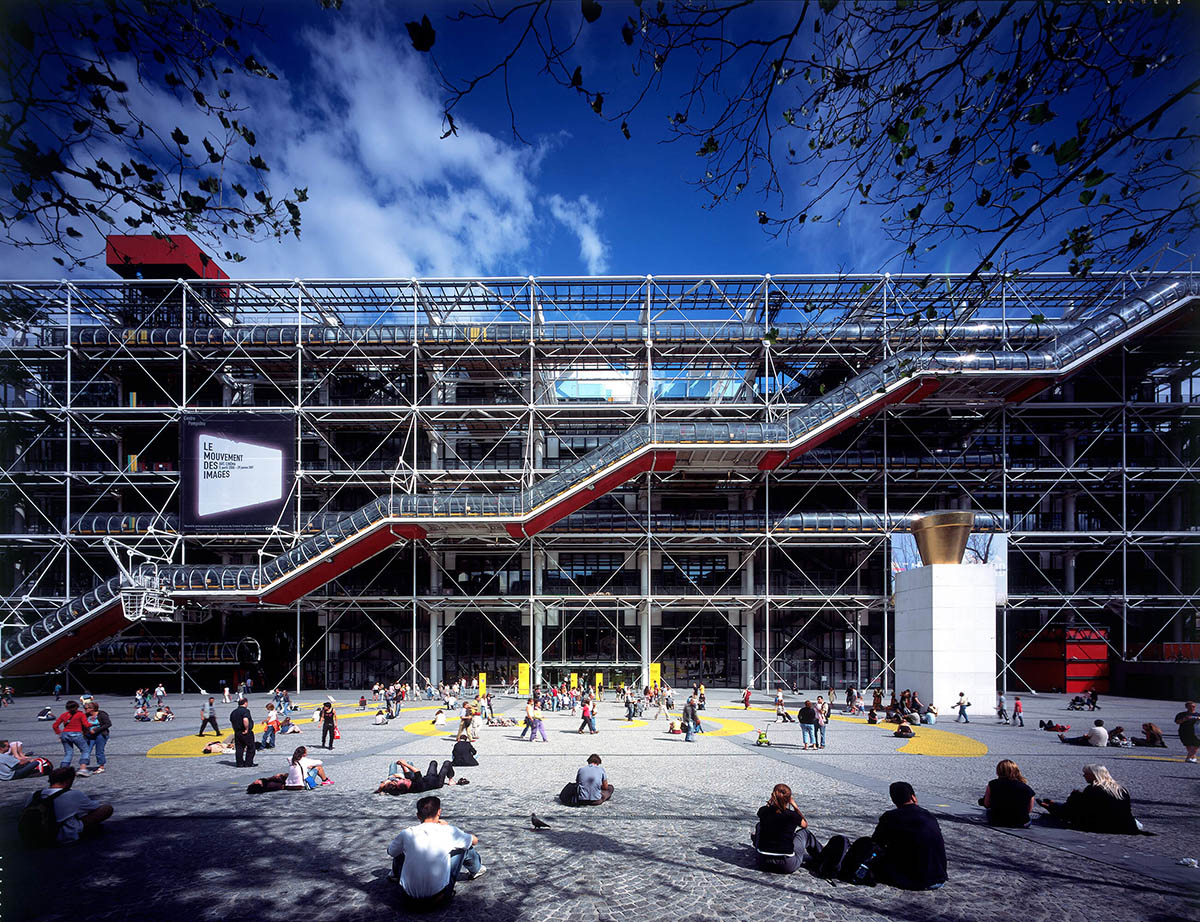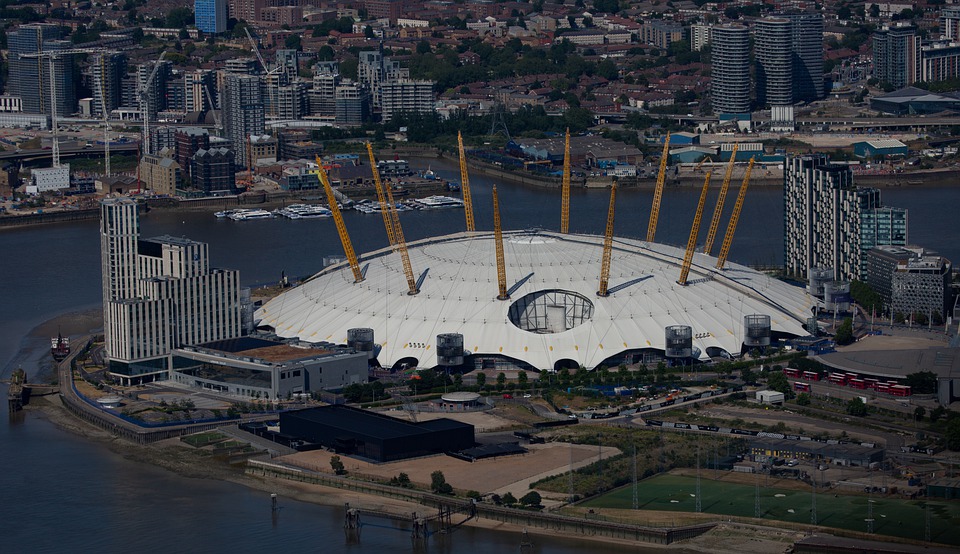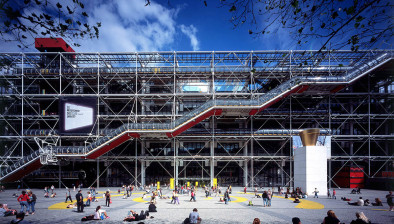Richard Rogers
Award-winning architect Richard Rogers has died aged 88.

Richard Rogers ( Image credit: Andrew Zuckerman)
The influential architect and thinker on placemaking, who was the creative force behind the Centre Pompidou in Paris as well as the Millennium Dome and Lloyd’s building in London, passed away at his home on Saturday night.
Just over a year ago, the Labour peer retired from Rogers Stirk Harbour & Partners (RSHP), the practice he founded more than 40 years ago and which went on to win two Stirling Prizes and influence generations of architects.
RSHP issued a statement on its website saying: “It is with deep sadness that the partners and staff of Rogers Stirk Harbour & Partners acknowledge the death of our colleague, friend, and founder partner Richard Rogers.
“For the four decades and more that we have all variously shared with him, he will be remembered as a colleague and friend, who was gregarious, always completely free of status, always inclusive, always exploring and looking ahead.
“A man of immense drive and charisma, he was equally a man of civility and integrity, dedicated to the art and science of architecture, of urbanism, the life of the city, of political commitment and positive social change.
“His love of people, of discussion, the sharing of views, of exploring new paths and of co-operative and creative working, was reflected in the practice he founded, and which continues to espouse and develop those ideals today.
“Richard lived his family and professional life as one and our thoughts and condolences are very much with his family today.”

The Centre Pompidou in Paris was designed by Richard Rogers with Renzo Piano (Image courtesy of Rogers Stirk Harbour + Partners)
Ivan Harbour, senior partner at Rogers Stirk Harbour + Partners, added: “Through Richard, as a young graduate, I learnt that architecture was about much more than the design of buildings, its social and political impacts were equally important.
“He gave me the opportunity when I was very young to explore and originate unencumbered in the highly creative environment that he presided over. I am indebted to him for that trust he placed in me.
“Over the subsequent 30+ years we achieved more than I ever imagined possible, practising together, learning from each other, always looking to the future, always looking to make things better. His absence is very close, but his presence remains with me.
“I will never forget his wry smile, his infectious laugh, his paternal nature, and his sharp intellect. He was not an archetypical architect, but he was a unique and wonderful human being.”
RIBA President Simon Allford has paid his own tribute to Rogers.
He said: “This is very sad news. I send my deepest condolences to Richard’s wife Ruthie and his family.
“Richard was well-known for his ground-breaking buildings but his legacy owes as much to his leadership across wider issues, as well as his great personal charm and generosity.

The Millennium Dome
“He cared about buildings and creating successful public spaces around them. Richard’s innovative project of the 70s, the high-tech Pompidou Centre in Paris, designed with Su Rogers, Renzo Piano and Gianfranco Franchini, pushed the boundaries to show how contemporary architecture could complement even the most historic surroundings. His Lloyds of London project, built in 1986, radically changed the skyline and streetscape of the City of London – blazing the trail for innovative buildings to grow up around it. Most recent of these is Leadenhall (commonly known as the cheese grater) - designed and occupied by the practice he co-founded and renamed, Rogers Stirk Harbour
“Richard’s passion and leadership on issues from urbanism to housing are reflected in his selection as advisor on architecture, urbanism and design to the Mayors of London and Barcelona. Notably he was the first ever architect to give the BBC’s Reith Lectures (1995), that led to his ‘Cities for a Small Planet’ manifesto. That, and his Urban Task Force Report on the state of our cities, for Tony Blair’s Government, are still resonant now, over 20 years after their publication.
“Along with his practice, Rogers, Stirk, Harbour + Partners, Richard has been a long-term supporter of young people’s access to the architecture profession, helping fund the RIBA National Schools Programme, amongst other initiatives.
“He rightly achieved great acclaim during his lifetime, receiving some of the world’s highest honours, including the Royal Gold Medal for Architecture in 1985, the Légion d’honneur in 1986, the Pritzker Architecture Prize in 2007 as well as twice winning the RIBA Stirling Prize (2006 - Barajas Airport and 2009 - Maggie’s Centre in west London). He was knighted in 1991 and was a Labour Peer in the House of Lords until this year.
“Richard will be remembered as one of the greatest pioneers of his generation and an inspiration to architects of the generations behind him. He helped build Britain as we know it and position it as a world centre of urban and architectural excellence. His influence on the modern world cannot be underestimated. He will be sorely missed.”
Obituaries have been published in the RIBA Journal, The Times and BBC among others.

















